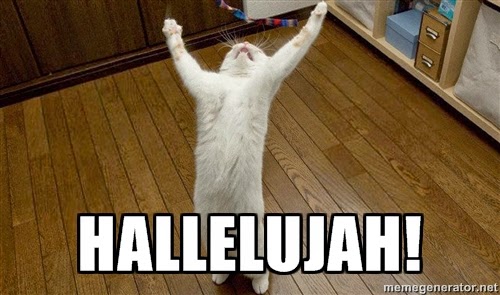In the third grade there was a boy in my class with disabilities who could not walk and could not speak. He could roll his head around and make very loud noises. His behavior was very unusual to my eight-year-old self and the rest of the class, yet it was not explained to us as to why he acted the way he did. Parents started to complain at one point when some students’ grades began to dip because they couldn’t concentrate in class.
As I got older I found out he had cerebral palsy. I understand there are rules regarding confidentiality with disabled students, but I often wonder if a need to know basis should have been permitted in my third grade class. Shouldn’t our class at least have been taught about cerebral palsy?
As I got older I found out he had cerebral palsy. I understand there are rules regarding confidentiality with disabled students, but I often wonder if a need to know basis should have been permitted in my third grade class. Shouldn’t our class at least have been taught about cerebral palsy?
If we were educated on the disability we might have been more inviting and accepting towards him. We might have felt more as a whole rather than a class with a disabled student in it. Maybe then I wouldn’t have constantly stared at him in curiosity when I should have been paying attention to the teacher. Some of us were even afraid to go near him. How are children going to let go of fear of differences if they are not given the resources needed to understand?
After publishing Lucy’s Amazing Friend: A Story of Autism and Friendship, I decided to go to my local library to see what other picture books I could find on autism. I avoided books, which only stated the facts and looked for stories that would entertain and enlighten all children by placing them in a relatable situation. I wanted to find books that would answer the question I had to find out on my own. “Why is he or she acting like that?” Here are the books I was able to find at the library.
Lucy’s Amazing Friend: A Story of Autism and Friendship by Stephanie Workman, illustrated by Tim Raynes
Lucy doesn't understand why the new boy in Miss Reed's class doesn't like her.
"I said hi and he ignored me," she said.
“Lucy, that’s Daniel. He has autism,” Miss Miller responded.
“What’s autism?” asked Lucy.
From that moment on Lucy works to make friends with Daniel in this bright, upbeat book about autism. Once she succeeds, Lucy becomes determined that the other kids learn to accept Daniel as well. With an estimated 1 in 68 now falling somewhere on the autism spectrum, “Lucy’s Amazing Friend” is just the right book to help children understand that we are all different, and while those differences can be challenging, they also make us each special.
The Flight of a Dove by Alexandra Day
Betsy, a young girl with autism, is enrolled in a school for children with developmental disabilities. Always isolated and alone during school, it is a friendship with a pet dove that begins to bring her out of her shell.
Looking After Louis by Lesley Ely, illustrated by Polly Dunbar
Louis is the new boy at school and has autism. The girl who sits next to him in class is very observant and intrigued by his behavior. Through a game of soccer the other students try to find a way to connect with Louis and join him in his world.
My Brother Charlie by Holly Robinson Peete and Ryan Elizabeth Peter, illustrated by Shane W. Evans
Charlie and Callie are twins. Charlie has autism and Callie doesn’t. Through Callie’s eyes we learn about Charlie, along with life lessons about togetherness, hope, tolerance, and love.
Ian’s Walk by Laurie Lears, illustrated by Karen Ritz
Julie and Tara want to go to the park and feed the ducks. They don’t want to bring their younger brother Ian who has autism, but their mother forces them to. On the way to the park Julie is often embarrassed by Ian’s actions. It is on the way home her perspective changes as she begins to see the beautiful and unique things Ian sees.
Nathan Blows Out the Hanukkah Candles by Tamie Lehman-Wilzig and Nicole Katzman, illustrated by Jeremy Tugeau
It's Hanukkah and Jacob is annoyed when his autistic brother Nathan blows out the candle every time they light the menorah. He’s also worried about Nathan embarrassing him in front of the new boy next door. In the end it is Nathan who shows Jacob what the celebration of Hanukkah is really all about.
I wrote Lucy’s Amazing Friend based on a friendship my husband had in high school with a student with autism. I wanted to turn their story as teenagers into a picture book for children. I’m not an expert, I don't have autism, and I'm not a parent of a child with autism. I’m a storyteller who was inspired to write about a friendship, which happened to include a boy with autism. This is why I only gave a summary of each book. It’s up to you to decide whether or not they are appropriate stories to teach children about autism. It’s up to your children to decide whether or not they find them both entertaining and enlightening. I hope some of them do because we need more easily accessible books out there to educate children on the topic of autism. We need more books for children that answer the question, "Why is he or she acting like that?"



.jpg)
.jpg)
.jpg)
.jpg)

.jpg)


